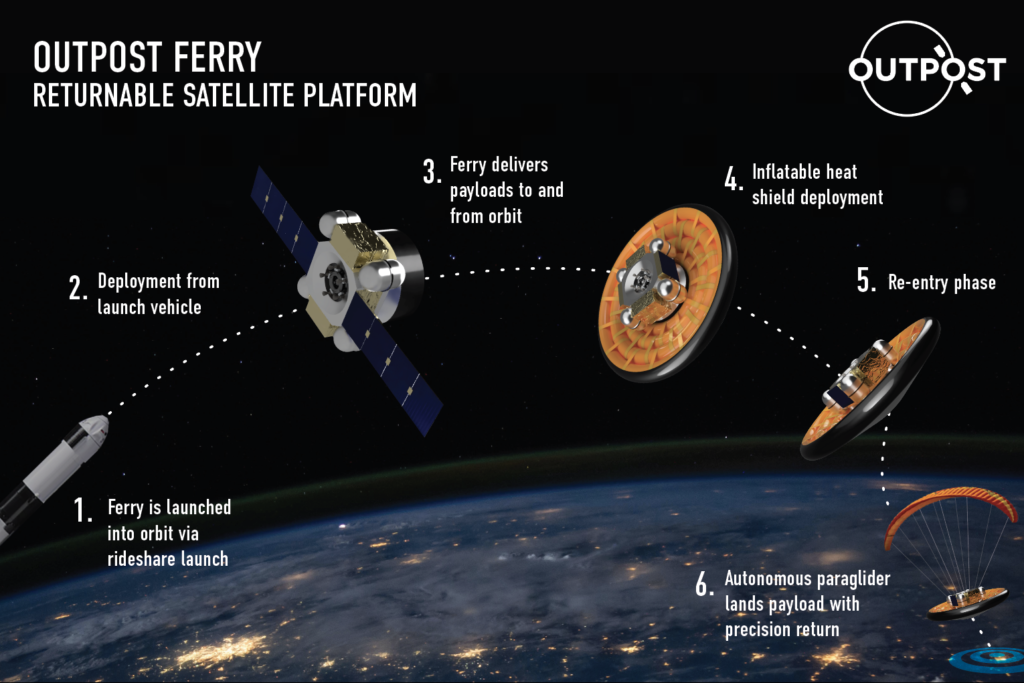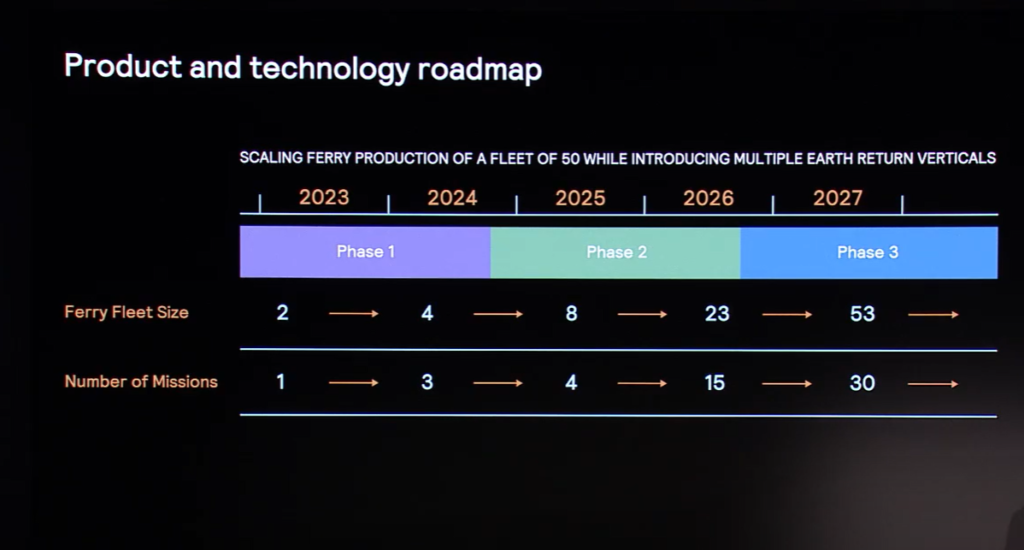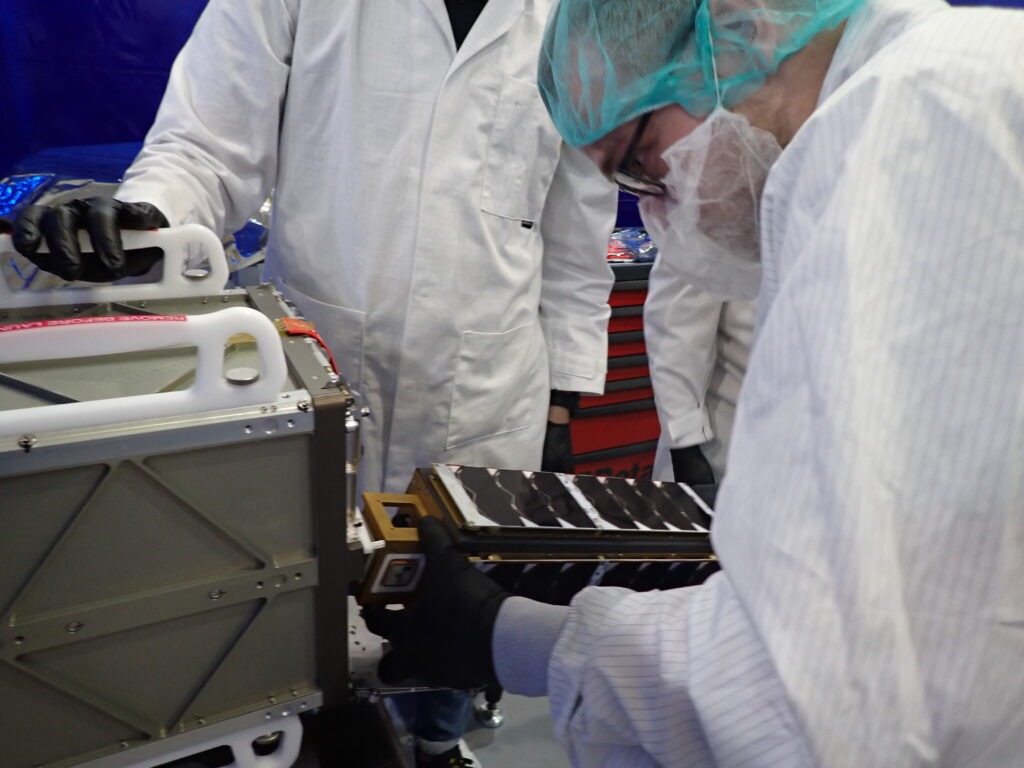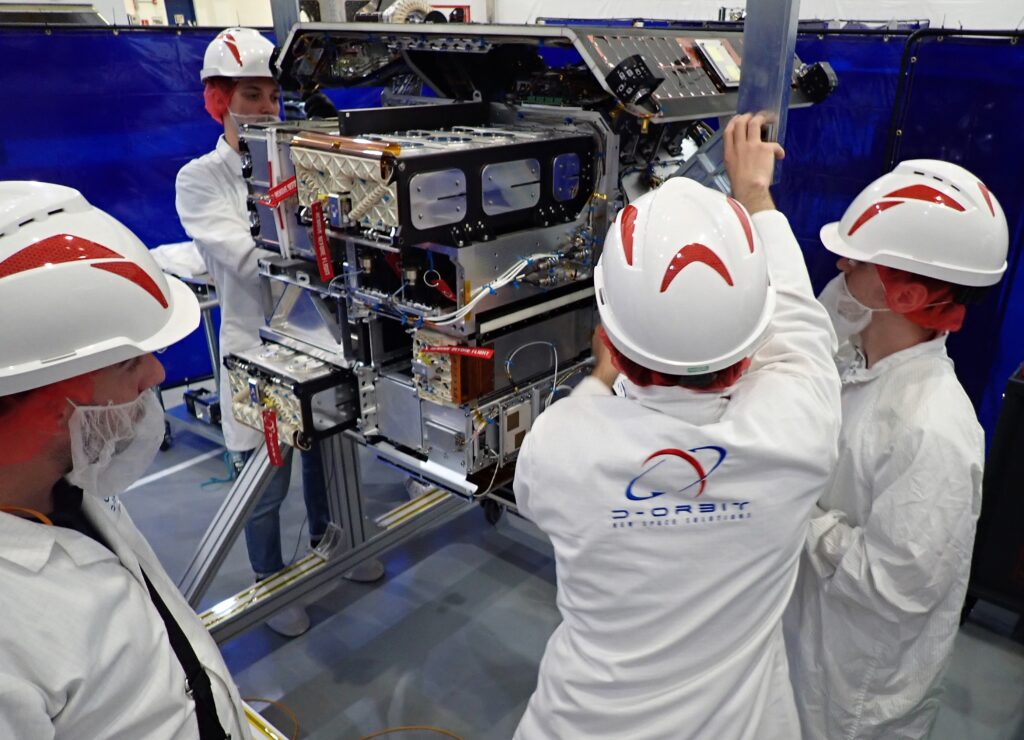Launch introduction
SpaceX Rideshare Transporter-8 mission was successfully launched on June 12th from Space Launch Complex 4E at Vandenberg Space Force Base. One of the 72 spacecraft onboard was D-Orbit “Above the Sky” 11th mission of their OTV ION Satellite Carrier, carrying and successfully deploying Outpost Mission 1 inaugural satellite.

Outpost
Company
Outpost is building reusable satellites that deliver payloads to space/orbit and return them back to Earth (safe).
Ferry is the world’s first reusable satellite. The following infographic gives a good summary of how it works. It can fly in any launch provider and carry a payload of up to 125 kg.

- Founders: Jason Dunn (CEO), Michael Vergalla (CTO).
- Joined twitter on July 2021.
- $7.1M in seed round.
- Located in Los Angeles.
Please, take a second to watch Jason Dunn explaining more about Outpost.
My favorite notes from Jason’s presentation:
- We still operate satellites the same way we did with Sputnik, single use.
- $120k / kg to do roundtrip to space through the ISS.
- Earth return is as key as launching, if not more.
- Problems
- #1 Single use satellites, design approach.
- #2 No routine access to Earth from Space.
- Megaconstellation
- larger than 1k satellites.
- Expected 29k satellites per year up and down.
- Reentry?
- Dispersion after engine burn, uses extra propellant which is a luxury (mass) for satellites.

The following chart extracted from Jason’s presentation shows the cost % breakdown for an average 3-5 year satellite mission, from which 80% (power, structures, prop, avionics and solar arrays) can have a four times longer life.

Solution
Outpost plans to leverage inflatable heat shield and paraglider landing technology to enable their reusable satellite.
Heat shield
Outpost have signed an agreement with NASA to use their Inflatable heatshield technology. The benefits on this heat shield are:
- It has a large surface area, which reduces ballistic coefficient. 10x lower than a capsule for same size spacecraft (non-deployable heat shield).
- Small packed volume
- Light weight

Paraglider
Outpost design and tested a set of robot paragliders. The Paraglider is used as “last mile” landing system to control the trajectory and accurate landing of the reusable satellite. The following video is the first flight test that was released from a weather balloon at 21km. It proved:
- Open wing at 20km (same as expected during space reentry)
- Fly GPS guided paraglider
- 5m target
Ferry / Satellite
Ferry is the first Outpost spacecraft to combine the inflatable heat shield and paraglider solutions to become the first reusable satellite.

Ferry provides:
- Faster iteration cycles than the ISS
- Expected lower cost than ISS reentry
- Low mass, providing ~50% payload mass fraction
The following image provides Outpost Ferry roadmap fleet growth.

Mission 1
Outpost Mission 1 satellite is their first spacecraft with the goal of gaining flight heritage. They build their facility, two vehicles (one flight one test), in-house EPS, comms, computer, ADCS, custom carbon fiber body … and first FCC license in 7 months!
Following a few pictures during integration at Vandenberg.


Hopefully soon they provide an update on the state of the spacecraft.
Team
Shout out to the whole Outpost team. Asset number #1 and definitely making progress! Make sure to check this awesome Twitter thread to learn more about them!

Wrap up
I had a lot of fun learning more about Outpost. It is genuinely interesting to see different ways of thinking to solve a problem. The cheap-satellite vs reusable approach is so unique that might raise some eyebrows but that is also how I believe they are up to something great.

